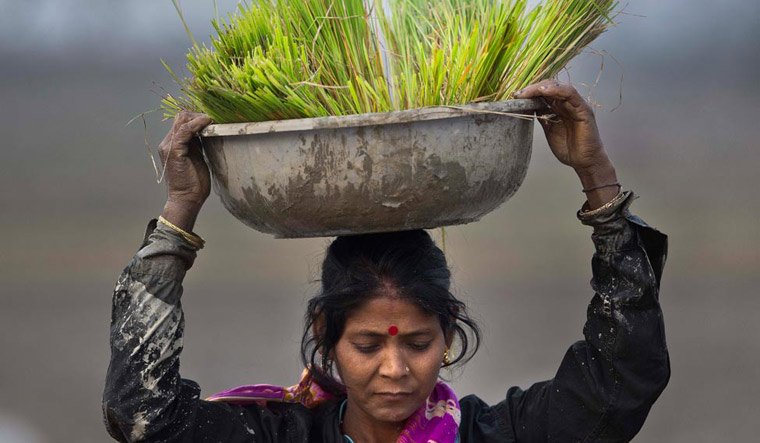The government of India may be grappling to find solutions to agricultural distress and farm loan waiver. But they believe that they have met with reasonable success when it comes to subsidising fertiliser in a way that they “balance the interest of farmers and the fertiliser industry” as Sadananda Gowda, minister who holds the additional charge of chemicals and fertilisers, says.
The ground scenario, however, appears to be different and fertilisers remains an issue for the farmers. A fortnight ago, amid reports of farmers in Madhya Pradesh standing in long queues to buy urea from cooperative societies, Prime Minister Narendra Modi politicised the issue. He smelt something fishy in the shortage immediately after the Congress had formed government there. Similar was the case in Rajasthan, where chief minister Ashok Gehlot charged the central government with creating an “ artificial urea crisis”. The Union fertiliser ministry maintained there was no shortage, and there was possibly a local distribution issue.
On Friday, Rao Inderjit Singh, Minister of State for Planning and Chemicals and Fertilisers, told the Rajya Sabha that the government has, over the last four years, taken steps to revive loss-making fertiliser plants. The Fertilisers and Chemicals Travancore Ltd (FACT) had been sanctioned a plan loan of Rs 1,000 crore in 2016 in order to restart operations.
A government spokesperson said there was neither a shortage nor any issue of pricing. “The government has been releasing subsidies to the manufacturers based on a target”.
Shortage or no shortage, fertilisers reaching the farmers is intricately linked to the issue of the manufacturers receiving the subsidies on what the government has long declared as essential commodity. In 2018-19, it has a target of releasing Rs 23,007.16 crore towards subsidising phospohorus and potash, two important components of the commonly used 'NPK'.
In an attempt to inculcate among farmers the judicious use of fertilisers, the government has been urging them to use the nutrient that their soil health card specifies, and not all types of fertilisers.
Fertiliser pricing and subsidy remain crucial issues though the ministry has so far focussed on bringing down the fertiliser subsidy arrears to the government. The Modi government has maintained that they have brought it down by 75 per cent to Rs 10,000 crore in its four years in office. The association of fertiliser manufacturers has contested the claim, maintaining that the outstanding amount is more than double the amount. At its annual seminar on December 3, 2018, the Fertiliser Association of India said, "The industry has been requesting government to decontrol fertiliser and provide subsidy directly to the farmers. The present policies for the sector have hurt industry the most. Industry has to collect more than 50 per cent of its revenue from the government. This is almost 75 per cent in case of urea".
The NITI Aayog, which is attempting to use blockchain technology to disburse fertiliser subsidy, has, in a paper presented in July last, put the fertiliser manufactured in India at 31 million tons, involving a subsidy of Rs 70,000 crore. The central government's think tank believes that the problem lies in the subsidy transaction process.



